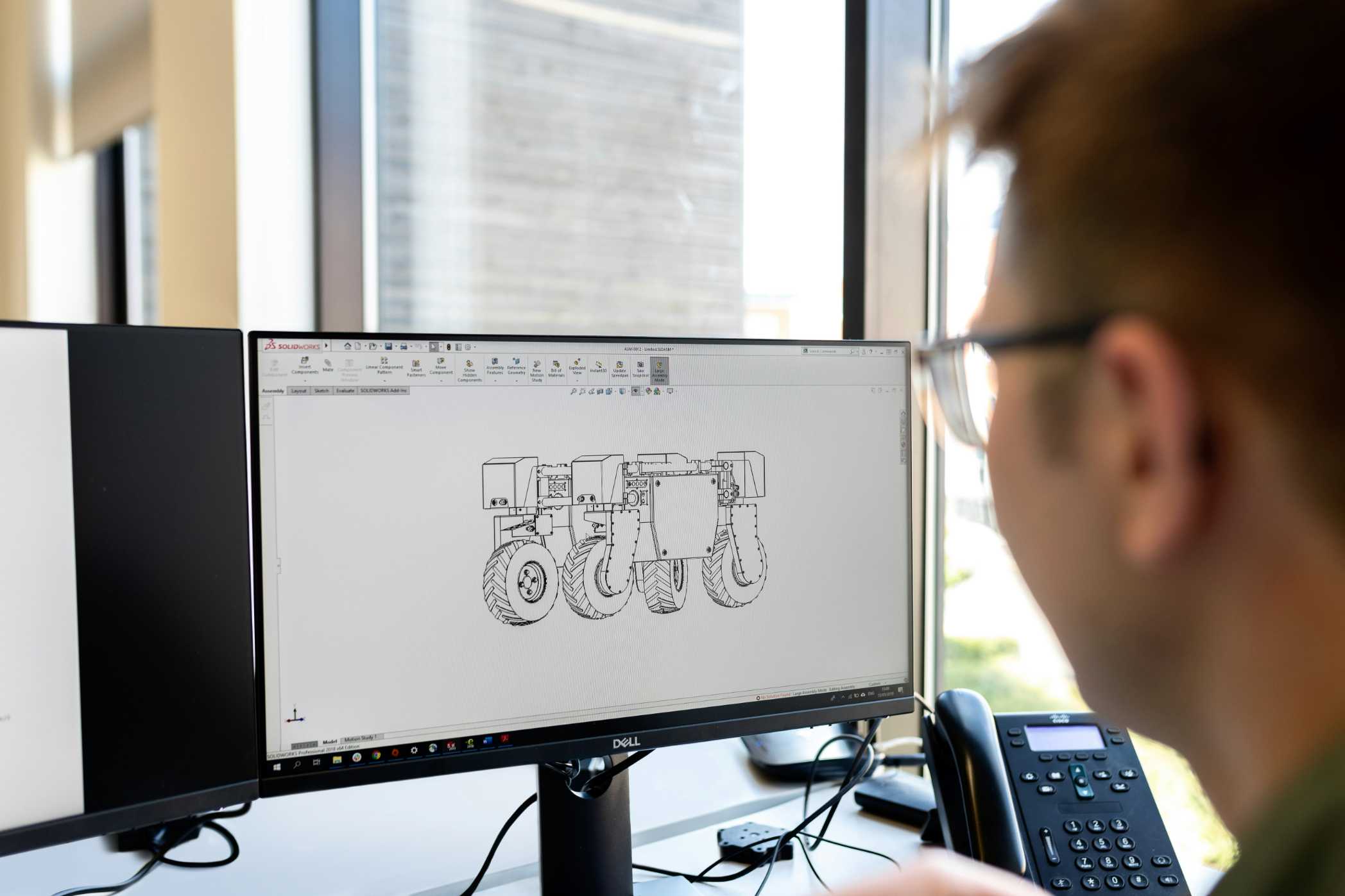How to Write a Web3 Cover Letter That Gets You Hired
A practical guide to writing a compelling cover letter for a Web3 job. Learn how to showcase your passion, your 'proof of work,' and your deep understanding of a project to stand out from the crowd.

In the Web3 job market, your resume gets you past the first filter, but it's your cover letter that often makes the first real impression. A generic, copy-pasted cover letter is the fastest way to get your application moved to the "no" pile. A thoughtful, well-researched, and crypto-native cover letter, on the other hand, can be the key that unlocks the door to your dream job.
Hiring managers in Web3 are looking for a signal that you are not just a qualified candidate, but a passionate and engaged member of the ecosystem. Your cover letter is your best opportunity to send that signal. This guide will break down the essential components of a standout Web3 cover letter.
The Mindset: From Applicant to Contributor
The most important shift in mindset is to stop thinking of yourself as a job applicant and start thinking of yourself as a potential contributor. Your cover letter should not be about what the company can do for you; it should be about the value you can immediately bring to them, based on a deep understanding of their specific project and challenges.
The Structure of a Killer Web3 Cover Letter
Your cover letter should be concise—no more than three or four short paragraphs.
Paragraph 1: The Hook - Show, Don't Tell Your Passion
Do not start with "I am writing to apply for the position of..." This is a waste of valuable real estate. You need to start with a powerful "hook" that immediately signals your genuine passion and deep engagement with their specific project.
Weak Opening:
"I am a highly skilled marketing manager with 5 years of experience, and I am very interested in the Marketing Lead role at your company."
Strong Opening:
"I've been an active user and liquidity provider in the AcmeFi protocol since its V2 launch, and I believe its approach to concentrated liquidity is the most innovative in DeFi. I was particularly impressed with the recent governance proposal to expand to Arbitrum, and I'm excited by the opportunity to help lead the marketing strategy for that expansion."
This opening works because it proves you are not just a random applicant; you are an engaged, knowledgeable member of their community.
Paragraph 2: Your "Proof of Work" - Connect Your Skills to Their Needs
This is where you connect your skills and experience to the specific needs of the role and the project. Don't just list your skills; show how you've applied them in a way that is relevant to them.
Weak:
"In my previous role, I was responsible for content marketing and social media growth."
Strong:
"At my last company, I grew our user base by 30% through educational content, similar to the excellent deep-dive articles on the AcmeFi blog. I've already put my passion for your project to work by writing a detailed Twitter thread that explained your new feature to a broader audience, which received over 100 retweets and positive feedback from several of your community members [link to thread]."
By linking to your "proof of work," you are providing verifiable evidence of your abilities.
Paragraph 3: The Call to Action - A Confident Close
"I am deeply aligned with AcmeFi's mission to make DeFi more accessible, and I am confident that my experience in community-led growth can help you achieve your goals for the V3 launch. My portfolio with further examples of my work is available at [link], and I look forward to discussing how I can contribute to the team."
Final Tips
- Keep it Concise: Respect the reader's time. Your cover letter should be short and punchy.
- Tailor Every Single Letter: A generic cover letter is a wasted opportunity. Every single one you send should be customized to the specific project and role.
- Proofread Meticulously: Typos or grammar mistakes signal a lack of attention to detail, which is a major red flag in the high-stakes world of Web3.
Frequently Asked Questions
1. Is a cover letter still necessary for Web3 jobs?
Yes, for most roles, a well-crafted cover letter is crucial. While a traditional resume is less important, a cover letter is your opportunity to tell your story, demonstrate your passion for a specific project, and show that you've done your research. A generic cover letter is worse than no cover letter at all.
2. What's the most important part of a Web3 cover letter?
The opening paragraph, or "hook." You must immediately signal that you are not a random applicant. Start by mentioning your experience as a user of their product, a specific governance proposal you admired, or a detailed piece of analysis you've done on their protocol.
3. What is "proof of work" in a non-technical context?
For a non-developer, your "proof of work" is your public content and contributions. This can be your blog posts, your insightful Twitter threads, the Dune dashboards you've built, or your active, helpful presence in a project's Discord community.
4. Should I mention the project's token price or my investment in it?
It's best to avoid this. While being a token holder is great, focusing on price can signal that your interest is purely financial. Frame your passion around the project's technology, community, and mission, not its investment potential. This is a key tip from Web3 recruiters.
5. How long should my cover letter be?
Concise. Aim for three to four short paragraphs. Hiring managers are incredibly busy, so your letter needs to be impactful and get straight to the point.



